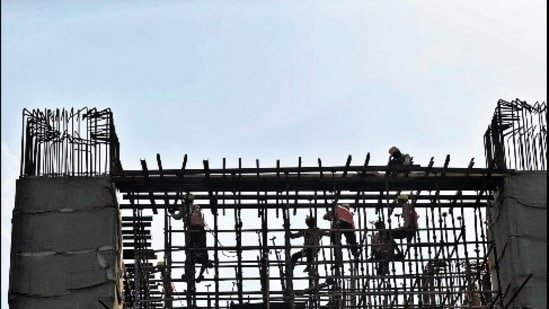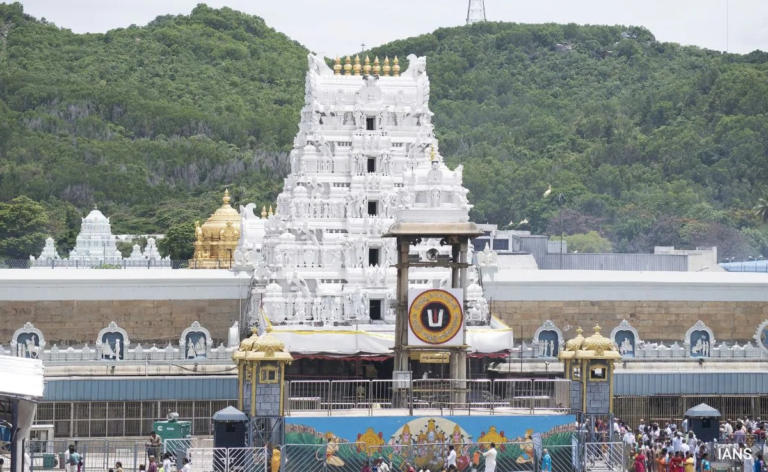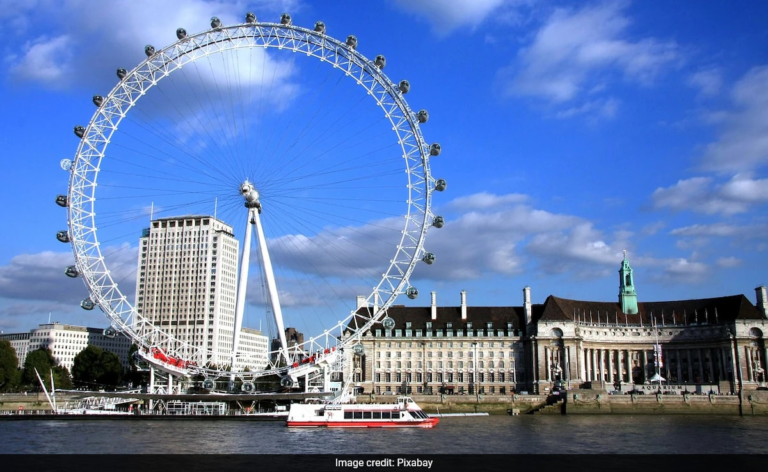
There is a widespread consensus that employment generation is India’s central economic challenge. Solving this problem, however, is far more difficult than flagging it. This is because the Indian economy, and by extension its labour market, is extremely diverse and complicated, and affected by structural as well as cyclical factors. At one level, it can be argued that failure to reduce the employment share of agriculture is India’s biggest labour market challenge. At another, it can also be argued that the quality of non-agricultural jobs, caste-based inequalities in labour markets and a big gender gap in employment are as big a concern as the unfinished farm-to-non-farm transition of workers.

These long-term challenges can take very different forms when the macroeconomy suffers disruptions such as a pandemic or forced formalisation through policies such as demonetisation or the roll-out of the Goods and Services Tax. The actual solution, as is often the case, might have to be worked out by taking into account all these factors. The prerequisite for doing this is an institutionalised academic engagement with trends in India’s labour markets. It is on this count that the State of Working India (SWI) reports published by the Centre for Sustainable Employment at Azim Premji University have added to our collective understanding of the problem.
This year’s report is the fourth edition and makes important points about how India’s labour market evolution story is anything but unambiguously good or bad. The report shows how the economy has seen an improvement in intergenerational upward mobility, a fall in caste-based segregation of work and an improvement in the share of salaried workers but is also dealing with deterioration in the quality of salaried jobs being generated and very high unemployment levels for educated young workers. The report also highlights how on matters such as educational convergence among social groups or caste-wise inequality among entrepreneurs, delayed or no data continues to impair our understanding of the current state of play.
A related question follows from this discussion. Is our political discourse on employment unaware of these facts or unwilling to engage with them, given the complicated task at hand? After all, academic clarity on India’s employment challenge is a necessary condition, and not a sufficient one for its successful resolution.
 Subscribe today by clicking the link and stay updated with the latest news!” Click here!
Subscribe today by clicking the link and stay updated with the latest news!” Click here!Continue reading with HT Premium Subscription
Daily E Paper I Premium Articles I Brunch E Magazine I Daily Infographics










